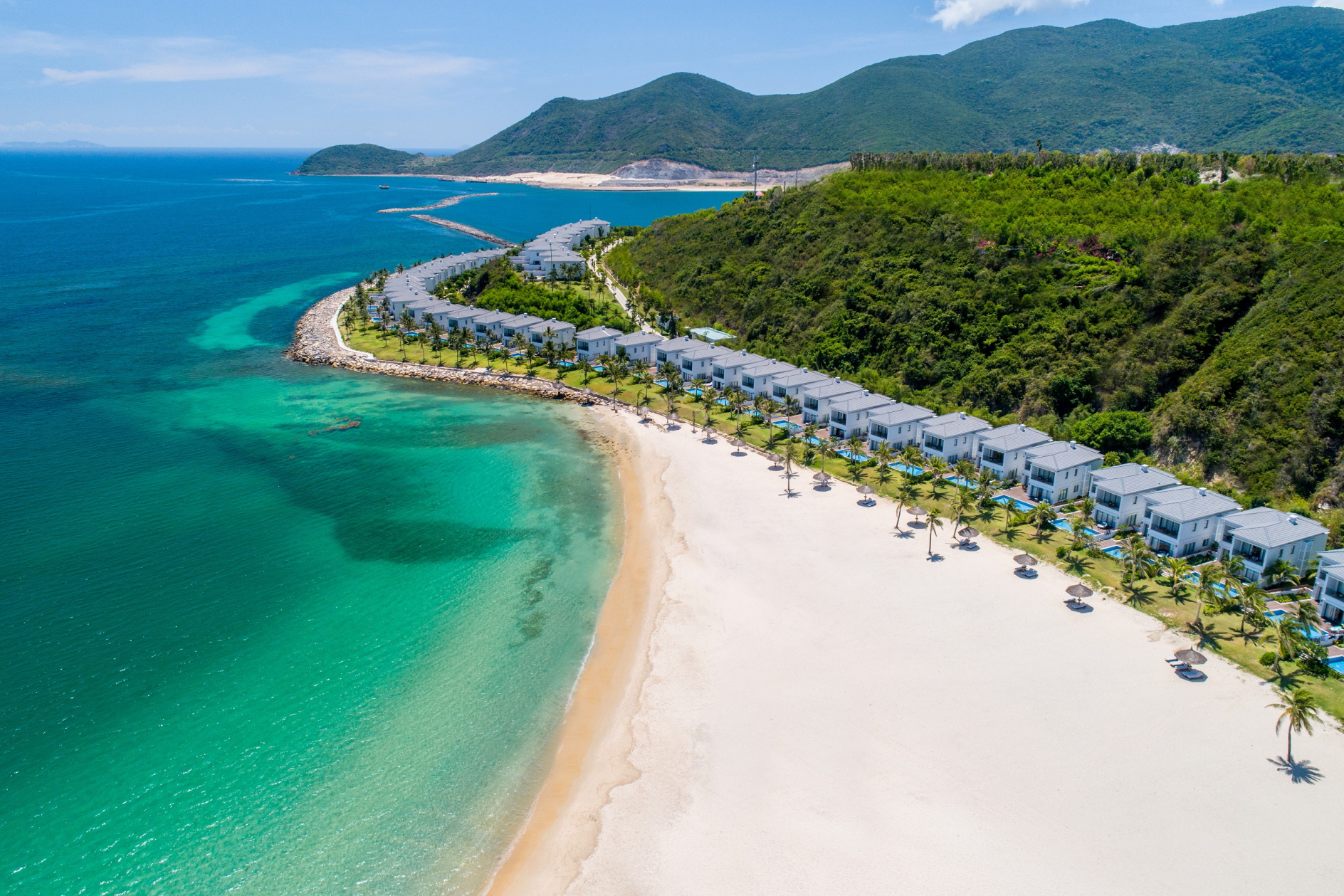Land prices across many African cities are soaring. This is because land is a city’s key asset. As urbanisation progresses, demand for land will rise, and therefore so will land prices, because the supply of land in cities is limited. Investments in public infrastructure, and zoning regulations that convert land to alternative uses, will also boost land value.
In fact, studies have shown that simply converting rural land to urban can increase its value by 400%.
All these changes are driven by the government and collective action, rather than by private individuals. But the beneficiaries of higher land prices will be property owners, unless there are mechanisms in place to recoup the value. Thus, city governments across Africa are seeking ways to capture this value, boost revenue and reinvest in public goods and services.
Hong Kong is a prime example of effective land value management. It is often cited as a case study. Land revenue has funded high quality public transport, as well as social infrastructure like schools and hospitals.
As a researcher focused on helping African cities raise finance and funding for large-scale public infrastructure and services, I wanted to know more about these land-based financing models when I moved to Hong Kong. An important initial finding is that Hong Kong uses multiple and distinct instruments for different purposes. This article explores just one of these instruments: the land lease system. I will examine other instruments in future articles.
Land lease system
Since 1 July 1997, all land in Hong Kong, except for one plot, has been owned by the People’s Republic of China. The Hong Kong government therefore does not sell parcels of land, but rather leases out the use rights for a specific period. The allocation process of leases, which are now granted for 50 years, is done by annual public tenders and auctions, managed by the Hong Kong government’s Land Department.
Developers bid on these tracts of land based on a minimum bid price. This is determined by the location, permitted use, maximum zoned height and minimum floor-to-area ratio required, among other factors. Whoever is successful in the auction then pays a one-off land premium to the Hong Kong government as well as ground rent for the duration of the lease. The rent is currently calculated at 3% of the rateable value of the land.
Each tract of leased land usually comes with a building covenant that stipulates the conditions of development. This is to prevent speculative holding of empty plots. The requirement is usually that 60% of the agreed floor space must be constructed within four or five years of the lease being issued. If this does not happen, the government can retake the site without compensation. There are exceptions: for example, in April 2020 the Hong Kong government extended covenants by up to six months due to the economic pressures of the COVID-19 pandemic.
All the revenues generated by the premiums and ground rents are earmarked and directly deposited into a Capital Works Reserve Fund which was established in 1982. This fund can only be used to finance public works and further land development. The government estimates it will earn about US$11 billion in land premiums from the lease of 18 sites during the 2023/24 financial year.
This system allows the government to maintain control over land use while providing private use rights that generate revenue to invest in infrastructure. It essentially establishes the basis of a capitalist society on a relatively socialist land tenure system.
Colonial legacy of land
The system has its origins in the time when Britain colonised Hong Kong in 1841. The British government aimed to develop the island’s harbour into a commercial trading post. A legal framework was developed to attract commercial enterprises, particularly from the UK; for one thing, Hong Kong was declared a freeport. This also meant that the British government could not rely on revenues from customs duties to support the colony. Consequently, there was a strong emphasis on raising revenue from the increasing demand for land.
In contrast, the British colonies in Africa focused on exploiting natural resources. Institutional structures, including those to do with land management, focused on short-term extractive gains rather than long-term trade and economic growth of the colony.
Another difference was that when the British annexed Hong Kong in 1841, the population on the island was only about 7,500 people, including 2,000 boat dwellers. British African colonies like Uganda, Kenya and Tanzania not only had much larger indigenous populations, they were already organised into kingdoms, ethnic groups and clans, each with their own customary land management systems.
So, while land tenure systems in Hong Kong were established on a relatively blank slate, in many African contexts the colonisers introduced their own tenure structures, disregarding the existing ones, leading to conflict with existing ways of managing land. These tenure structures were often established to exclude Africans from central urban areas. The repercussions continue in how African urbanisation is managed today.
The pre-colonial realities and the contrasting colonial goals have resulted in very different land markets. While African cities often have multiple and overlapping land tenure systems, Hong Kong maintains one exclusive leasehold system from which it generates significant revenues.
Read more:
African urbanisation: what can (and can’t) be learned from China about growing cities
Further lessons of running a leasehold system
For a public auction system to work as in Hong Kong, there needs to be transparent land administration, predominantly government-owned land, and a thriving real estate market. Developers, after they pay for the lease, must be able to convert land into buildings and lease or sell units. In African cities, despite high land demand, high construction and mortgage costs pose challenges in converting land to buildings. This could potentially limit similar auction demand where land has enforceable building covenants to prevent speculation.
While Hong Kong’s system has largely been successful, African cities should also consider lessons from its current experiences. Importantly, land revenue is volatile and generally will follow macroeconomic cycles. For instance, the Hong Kong government’s revised budget for the year 2022/23 highlighted that land revenue was more than US$6 billion lower than expected, due to reduced developer demand. This means that while land revenue is suitable for financing upfront infrastructure capital costs, the year-on-year volatility does not make it suitable for financing recurrent expenses, like those in health and education. It also means that for all capital expenditure that a city invests in with land revenue, sufficient operating budget needs to be found to cover the running costs over time.
Furthermore, for land to provide strong revenue for capital investments, high land prices are necessary, which in turn raises property prices and rental costs. Therefore, African cities facing acute affordable housing shortages must carefully consider supporting policies, if pursuing land-based financing, to ensure residents are not priced out of the market.
African cities should continue to pursue land as a revenue source for infrastructure financing, especially because publicly created value should benefit the public. However, instead of trying to replicate Hong Kong’s unique land-lease system, which has been shaped by very different historical and institutional factors, they should design land-based financing systems that work in the local context.
This is the second in a series of articles that will look at Africa’s urbanisation and draw lessons from other countries.




